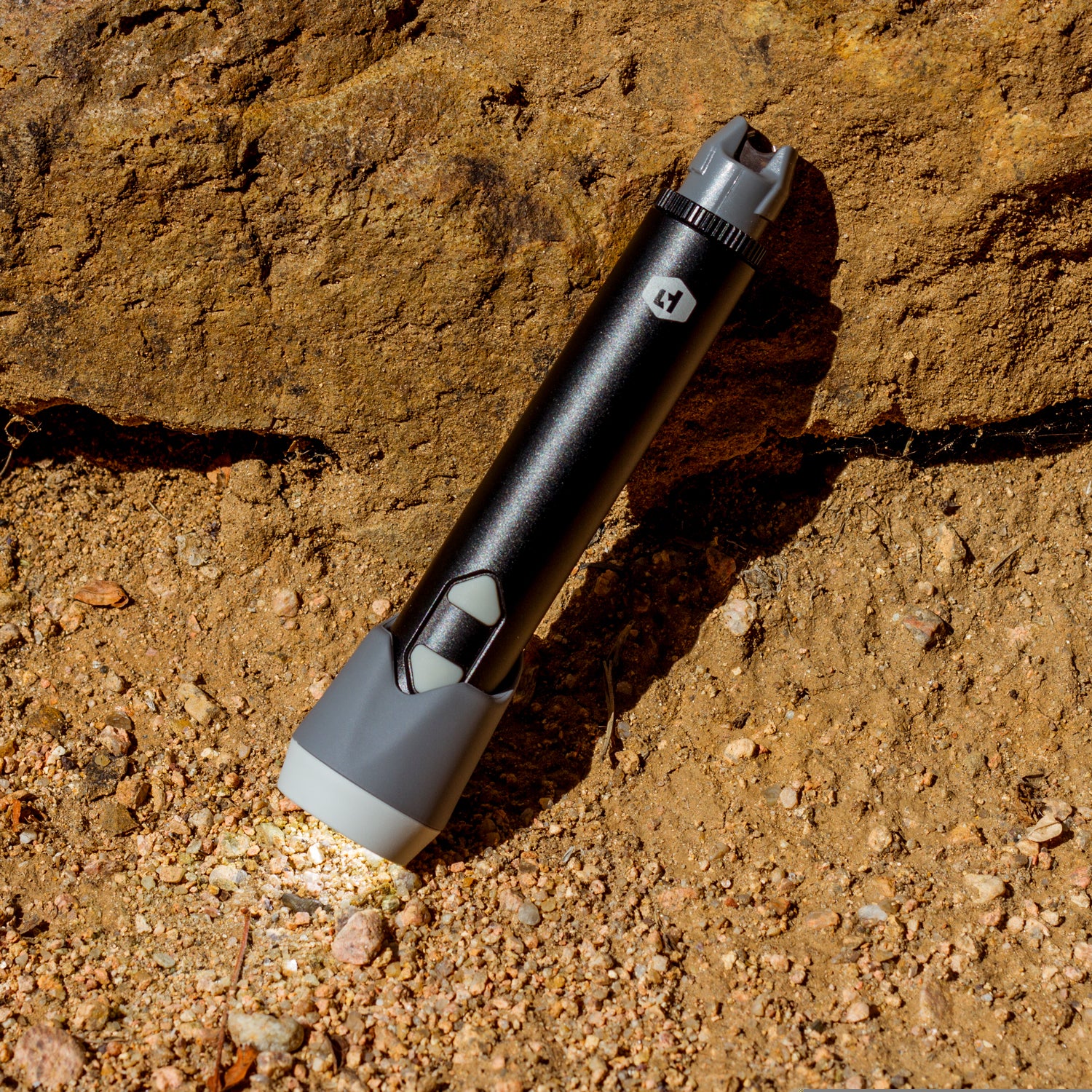When I first got my hands on the —an all-in-one flashlight, lantern, and plasma lighter that uses an electric arc to spark a flame—I thought it was a total gimmick. Yet another wannabe piece of survival gear that no one really needed, since we already have flashlights and liquid fuel–based lighters. But after playing with the thing for a couple weeks, I’m a total believer. Here’s why.
The Test
To start, I used the Sparkr to ignite everything from kindling to candle wicks to incense. The electric arc is supposed to be windproof, so I tried lighting a paper towel on fire while blowing on the arc from five inches away with as much force as I could muster.
To test how well the Sparkr worked in the rain, I fired up my sprinkler system and tried to start six different paper towel fires underneath the sprinkler by my front porch.
Finally, I tinkered with the flashlight by hunting for my elusive cat at night. Then I used the lantern setting, which you create by plugging an included diffuser into the top of the flashlight, while organizing my garage.
The Results
The Sparkr made quicker work of the kindling and candles than a match would have. Things were on fire almost instantly, versus the second or two it can sometimes take with a lighter. You have to press the lighter button three times to unlock the device—a clever safety feature—but once unlocked, the arc comes up immediately with each subsequent button press.
During the “wind” test, I was able to start the electrical arc no matter how hard I blew. This is a big deal because, as you know, it can be nearly impossible to get a lighter going in the wind and infuriating to keep it going during gusts. There are windproof flame lighters, but I’ve never tested one that worked as well as the Sparkr.
During the water test, I was able to light the paper towels while drops of water fell on the arc. I’m guessing a gushing rain would render the lighter useless, but it should still work in a light rainstorm. More important, you don’t have to worry about it getting soaked and ruined like you would with most matches.
As a flashlight, the Sparkr was totally adequate but nothing special. You get a maximum of 400 lumens, which was enough to light up my entire 800-square-foot side yard. The lantern was dim but would work well in a tent.
The Takeaway
The Sparkr has a clear advantage over a traditional Bic lighter when it comes to the wind. It was amazing to watch that arc stay connected while I huffed and puffed. For that reason alone, this is a great camping tool.
However, the rechargeable battery that runs the Sparkr gives me pause. If the battery malfunctions way out in the backcountry, you’re in trouble. It would also be a pain to recharge the Sparkr with a portable solar panel if the battery ran out. I’d feel better if the thing ran on replaceable AAs.
I’m happy to carry the Sparkr as my only light and lighter on day hikes or for car camping, but I’d still always bring a regular Bic and headlamp as backups on multiday trips. For those of you who want to save weight, I’d leave the Sparkr at home and just stick with the more traditional light and fire setup.
Finally, there’s the price. For $60, you can buy two headlamps and a dozen lighters. You’ll have to decide whether the wind and water resistance is worth the extra money.


